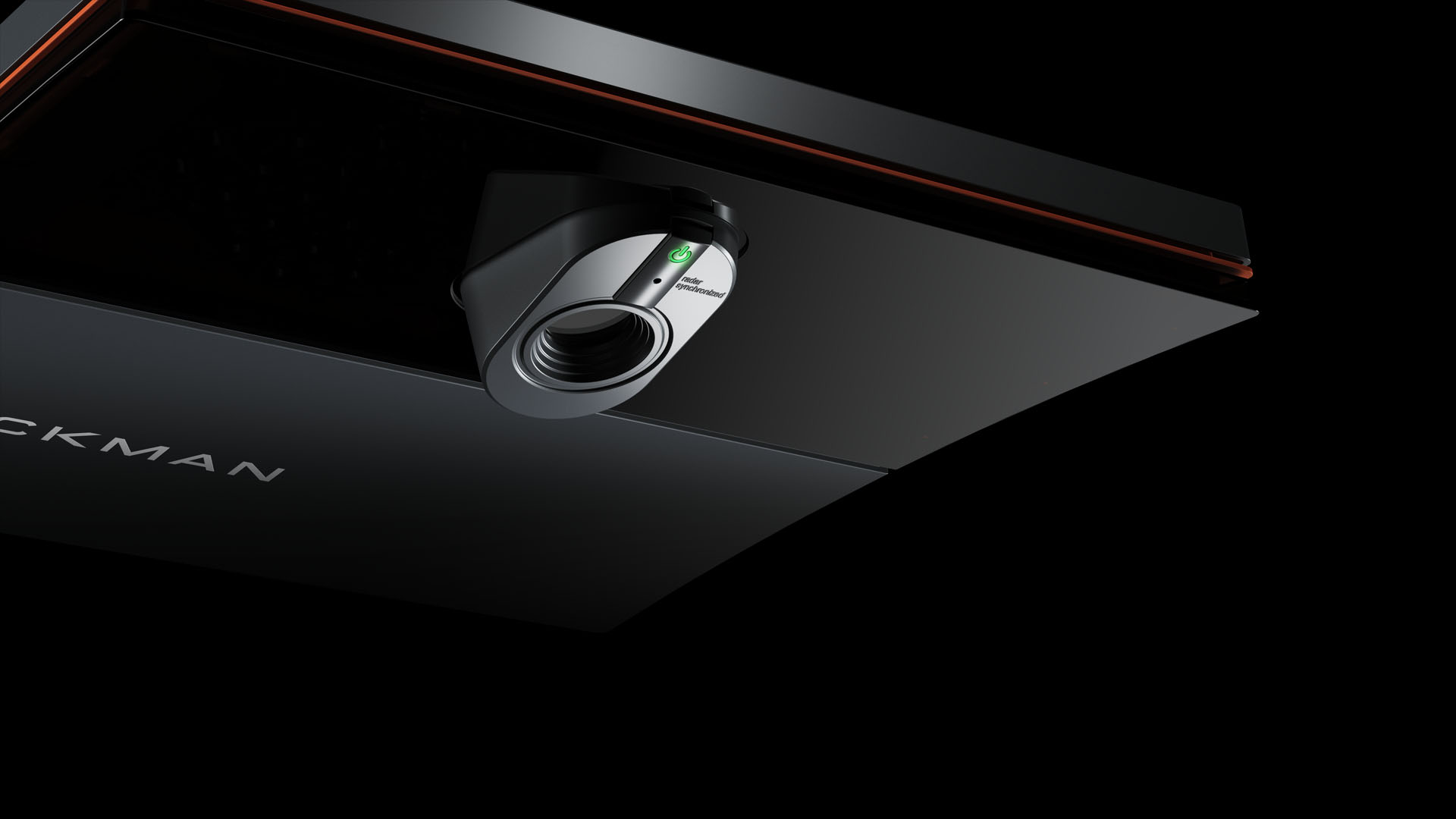Winter in Wisconsin isn’t exactly outdoor golf friendly, so we first tested the Garmin Approach R50 indoors against the Trackman 4, one of the top radar-based launch monitors on the market. Different tech, same test environment.
Once the weather warmed, we took it outside to compare against real-life numbers. We break it all down below.
Why test a photometric launch monitor against a radar launch monitor?
Photometric launch monitors, like the Garmin R50, use cameras and infrared light to track your shots. We wanted to avoid any infrared interference between the Garmin R50 and another photometric launch monitor, so we used a radar unit. Radar launch monitors use Doppler radar to track the ball, so there’s no signal overlap.
Testing The Garmin R50 Indoors
Using a Titleist RCT ball to get the best data out of the Trackman 4, we took 10 shots each with a driver, 6-iron, and pitching wedge. Check out the following data to see how a $5,000 launch monitor stacked up against a $25,000 unit.
DRIVER
The Garmin R50 did a solid job tracking driver shots, though it showed a tendency to underestimate carry distance compared to Trackman. The average carry difference was 4.01%, with Trackman reporting slightly longer carries.
- Carry Distance: Garmin R50 averaged 218.4 yards, while Trackman clocked in at 226 yards.
- Ball Speed: Very close, with only a 0.82% difference—Garmin at 146.6 mph, Trackman at 146.4 mph.
- Spin Rates: The biggest discrepancy, averaging a 7.27% difference, with Garmin generally reporting slightly higher spin. If you check shot 9, the spin numbers were way different and likely skewed this number a bit higher.
 6 Iron
6 Iron
With the 6-iron, the differences narrowed a little bit.
- Carry Distance: Garmin averaged 175.5 yards, Trackman 181 yards (just a 3.14% difference).
- Ball Speed: Only a 0.72% variance, with Garmin tracking slightly slower speeds.
- Spin: 1.18% difference, meaning the R50 stayed relatively close to Trackman’s spin calculations.
 Pitching Wedge
Pitching Wedge
In most of our testing, short irons and wedges tend to be the most accurate for most launch monitors. The R50 was no different and kept up well:
- Carry Distance: Garmin 126.41 yards, Trackman 128.5 yards (1.65% difference).
- Ball Speed: Almost identical (0.15% difference).
- Spin: The R50 overestimated spin by 0.79% on average.

Indoor Conclusion
While it may not match Trackman 4 down to the decimal, the Garmin R50 delivers exceptional value for indoor golfers, particularly those seeking an affordable yet reliable home simulator.
It holds its own in key metrics like ball speed and short iron performance while maintaining reasonable accuracy for carry distance and spin. Who knows? Maybe the Garmin R50, being a photometric launch monitor, is more accurate indoors. We’ll know more once we test it at the range outside.
But for everyday golfers looking to improve their game without spending premium dollars, the R50 is an impressive and practical choice.
Testing The Garmin R50 Outdoors
We took the new Garmin Approach R50 to Carl's Backyard, our new outdoor testing range right next to Carl’s Place HQ, to see how well its numbers hold up against real-life measured carry distances. This accuracy test focused on three clubs: driver, 6-iron, and pitching wedge, with 20 shots hit per club.
Our goal? Compare carry distances reported by the Garmin R50 with what we physically measured in the field. As with any outdoor test, variables like wind and ground conditions come into play, so it’s not a lab - but it’s a solid test of real-world performance.
Testing Setup
- Location: Carl’s Place outdoor range (flat, open ground)
- Shots per club: 20
- Clubs tested: Driver, 6-iron, Pitching Wedge
- Conditions: Gusty winds, variable at times
Driver
Right out of the gate, the R50 did a decent job. Our first few shots came in within a yard of the measured distances.
But it wasn’t perfect.
- Biggest miss: 34 yards off
- Other notable misses: 27, 16, 12 yards
- Average distance difference: 6.9 yards
- Average percentage off: 3.4%
We noticed that shots hit higher into the wind tended to come up short in the R50's readings. This makes sense—the ball flight was visibly affected by the wind, and that clearly impacted the numbers.
In terms of shot shape and direction, the R50 tracked fairly accurately, matching what we saw in the field.

6-Iron
With the 6-iron, the R50’s accuracy was a bit more consistent—especially when the wind calmed down.
- Average distance difference: 5.5 yards
- Average percentage off: 3.7%
- Misses over 10 yards: 3 shots
- Misses of 9 yards: 2 shots
Again, shots hit into gusts were the ones with bigger discrepancies. In calmer stretches, the monitor's carry estimates were very close to our measured data.
Launch direction and shot shape once again tracked well.

Pitching Wedge
This is where the R50 struggled the most. Higher-lofted shots climbed into the wind, and accuracy dropped.
- Notable variance: Up to 10 yards off on several shots
- Wind impact: Clearly affected readings on higher shots
The shorter the club, the more the wind seemed to exaggerate the discrepancies. Shots that ballooned up into gusts tended to register shorter than what we saw on the ground.

Outdoor Conclusion
With an average difference amongst the three clubs of 3.72%, the Garmin R50 is a solid portable launch monitor when it comes to real-world carry distance. While not perfect, its average yardage discrepancies stayed within a reasonable range for most shots.
For a budget-friendly unit, the R50 performs well, especially when you're not hitting into a headwind. The more controlled the environment, the better it does.

 6 Iron
6 Iron Pitching Wedge
Pitching Wedge


